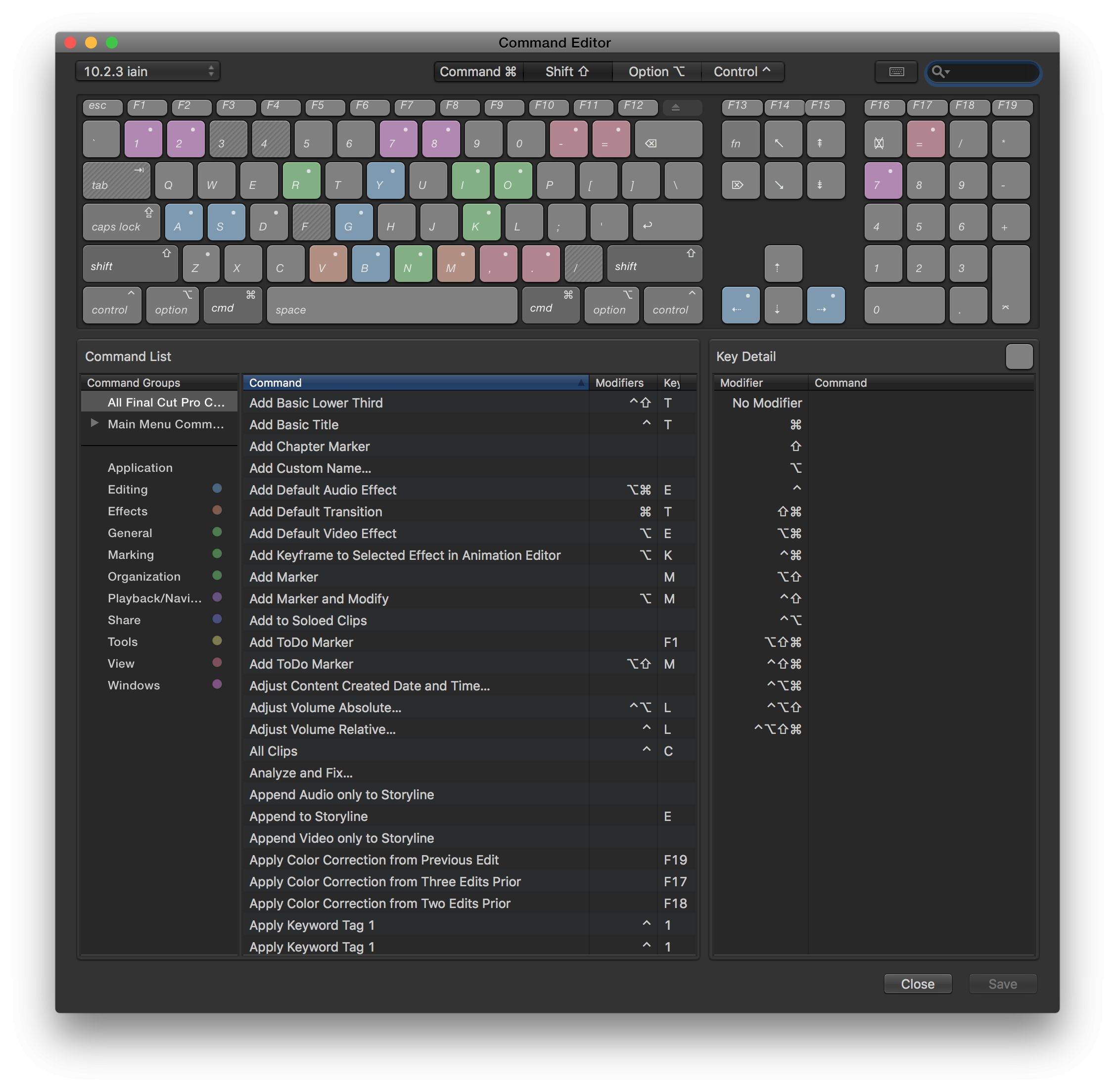Logic Pro X Keyboard Shortcuts Pdf Free

Search for keyboard shortcuts
So, if you just want a shortcut to pro-quality mixes, watch this free training now: But if you just want to learn about Logic Pro specifically, keep reading. Logic Pro X Tutorial (Everything You Need To Know). Nov 14, 2019 Get the Shortcuts PDF - More tutorials and Courses - www.gomakemusic.org #1 Command + U = Set Locators by Selection #2.
Logic Pro comes with many pre-assigned keyboard shortcuts. Before you create your own, check to see if a shortcut already exists. Choose Logic Pro > Key Commands > Edit to open the Key Commands window, click All at the top of the window, then enter a search term in the search field. You can also click Unused to see all the commands that don’t already have a keyboard shortcut.
In Logic Pro 10.4.5, you can check if a key combination already has a command assigned to it. Click All at the top of the window, click Pressed, then press and hold the combination of keys you want to use as a keyboard shortcut. Any commands assigned to that key combination appear in the list. You can also use Pressed as a way to learn the preset keyboard shortcuts.
Create a new keyboard shortcut
Once you have located the command you want to assign and you know the key combination you want to use, create the new keyboard shortcut:
- Choose Logic Pro > Key Commands > Edit.
- Select the command in the list, then click Learn by Key Label.
- Press the key combination you want to use.
Assign a command to Touch Bar
- Depending on what appears in the Touch Bar, tap the Smart Controls button , the Overview button , or the Close button to switch to the Configuration screen of the Touch Bar. If you're already on the Configuration screen, go to the next step.
- On the Configuration screen, tap the Keyboard Shortcuts button .
- Choose Logic Pro > Key Commands > Edit to open the Key Commands window.
- Select the command from the list, then click Learn by Touch Bar.
- Tap the button on the Touch Bar along with any modifier keys that you want to use.
- Enter a name for the shortcut, which then appears on the Touch Bar button for the shortcut.
If a keyboard shortcut is already in use
If a command is already assigned to the keyboard shortcut or Touch Bar button that you want to use, an alert appears. Click Cancel if you don’t want to change the assignment. Click Replace to replace the existing assignment with your assignment.
For keyboard shortcuts only, you can click Accept to assign your key combination anyway. Two commands are assigned to that keyboard shortcut. You can still use your keyboard shortcut, but it might only be available in certain windows. The alert tells you the priority level of your keyboard shortcut assignment and where it will be available.
Save custom keyboard shortcuts
To save your custom keyboard shortcuts and Touch Bar assignments, you save the entire set of keyboard shortcuts as a key command set. Click the Actions button in the Key Commands window, then choose Save As. Enter a name for your key command set, choose a location, then click Save.
You can then import the key command set that has your custom keyboard shortcuts. Fahrenheit 451 pdf torrent free. This can be useful if you’re using Logic Pro on a different Mac and you want to use your own keyboard shortcuts. Or you prefer different keyboard shortcuts for different types of projects.
Hi there! as many of you Logic Pro X users, you always look for ways to improve your work flow, and sometimes is easy to get used to work in a certain way, that really probably is not the best, or is not agile.
At the moment I’m doing a course to improve my knowledge of Music Production, and really its challenging me to adjust myself to the new tools and and implementing them into my workflow. One of the best ways to do that is the «keyboard shortcuts» with just one click you can open or close a command, change tool, zoom in or out, really helpful.
I was looking around in the Logic Pro help / Menu but I couldn’t find a list of all available keyboard shortcuts, but searching in google I have found a very useful PDF created by Brian from oneword.com document that contains all of them, or most of them:
Source: oneword.com
This post is also available in: Inglés